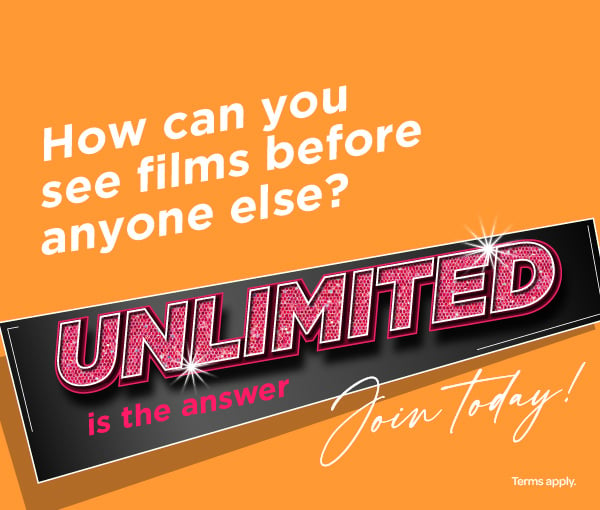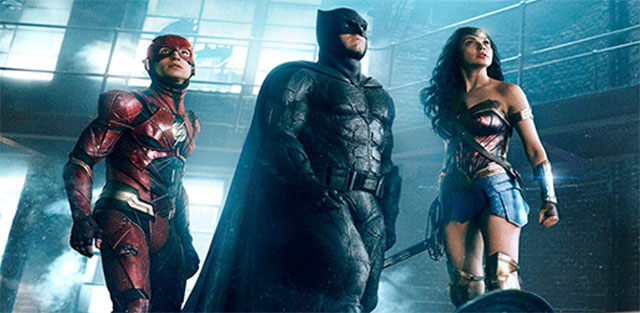
Blazing like a bat-signal in the sky is the news of Michael Keaton's return as Batman. He's set to reprise the role in the forthcoming The Flash, another key chapter in the DC Extended Universe (DCEU). Rumour has it that Keaton will appear as a Nick Fury-style mentor to Barry Allen/The Flash, who will be played by Ezra Miller.
The film will be directed by IT's Andy Muschietti, and will see Keaton's return to the Batman role after a void of nearly 30 years. He played the Dark Knight twice for director Tim Burton, in 1989's Batman and 1992's Batman Returns, before jumping ship when the series took a campier turn in 1995's Batman Forever. (Keaton was eventually replaced by Val Kilmer, and Burton by the late Joel Schumacher.)
In anticipation of Keaton's role in The Flash, here's our potted history of DCEU highlights so far.
1. Man of Steel introduces Henry Cavill as Superman
The DCEU was born with Zack Snyder's 2013 blockbuster Man of Steel. Executive produced by Christopher Nolan, the movie introduced Henry Cavill as Superman. And given the presence of both Nolan and Watchmen helmer Snyder, it's no surprise to learn that this is a far more sombre take on the Superman mythology.
From the atmospheric early scenes detailing Clark Kent's childhood in Smallville, to the wanton destruction of the battle between Superman and General Zod (Michael Shannon), Man of Steel intentionally set out to establish a darjer tone from the rival Marvel Cinematic Universe (MCU). The approach was financially successful, but the sense of gloom wouldn't last for very much longer in the franchise, eventually inspiring a return to something more fun.
The one consistent element that remained was the sturdy presence of Cavill, who reprised his role in two further DCEU films, Batman vs Superman and Justice League.
2. Batman vs Superman marks Gal Gadot's debut as Wonder Woman
Directed by Zack Snyder, Batman vs. Superman launched a battle between two DC behemoths. The film introduced Ben Affleck as the Dark Knight (the actor would later jump ship after 2017's Justice League), pitting him against Henry Cavill's returning Man of Steel. Amid the plethora of sub-plots, slo-mo fight scenes and the odd spectacle of Jesse Eisenberg's giggling super-villain Lex Luthor, the film significantly introduces Gal Gadot as Diana Prince aka Wonder Woman.
Gadot is easily the best thing in the movie, first emerging as an alluring presence (out of costume) at one of Bruce Wayne's elaborate parties. It's an effective build-up towards the full-costume reveal in the film's final battle, where Wonder Woman, Batman and Superman team up to save the world. While the film had more than its fair share of detractors, Wonder Woman's initial appearance was an important franchise puzzle-piece, one that wouls lead into her eventual collaboration with The Flash (and others) in Justice League.
3. The solo Wonder Woman movie establishes a new tone for the DCEU
Several movies in, and it was clear that the DCEU needed a refresh as far its tone was concerned. Grungy darkness wasn't winning many people over, despite the impressive box office returns, so it fell to director Patty Jenkins to carve out new territory in the Wonder Woman movie.
Jenkins succeeded admirably: as the first female director to helm a feature-length comic book film, she was forced to navigate a tricky path between DCEU character continuity, and a far-breezier sense of tone. Much of the film's charm is down to the presence of Gal Gadot, who clearly relishes the chance to both play up the valour of the title character and expose her fish-out-of-water alienness during the funny scenes set in World War I London.
The movie's gently mocking humour sits neatly alongside the early Wonder Woman origin scenes in Themyscira, and also the No Man's Land battle sequences where the character's destiny melds with that of humankind. Forget the spinning theatrics of Lynda Carter: the Wonder Woman movie took a character ripe for parody, and transformed her into a figure of integrity. Jenkins' careful handle on tone led to strong reviews and global grosses of more than $700 million, establishing a course correction within the DCEU franchise.
After multiple release date delays, Gadot reprises her role in 2020 sequel Wonder Woman 1984, again directed by Jenkins, and due for release in October.
4. Justice League introduces Barry Allen aka The Flash
In 2017, Justice League hit our screens amid a flurry of publicity over its troubled production. Original helmer Zack Snyder was forced to leave the project due to family tragedy, leaving Avengers helmer Joss Whedon to oversee reshoots that demanded more humour. The mixture of Snyder's nihilistic approach with Whedon's facetiousness saw the film greeted with negative critical reviews and disappointing box office returns. It was all the more disheartening because there was potential in its ensemble set-up of Ben Affleck's Batman, Gal Gadot's Wonder Woman, and (in his movie debut) Jason Momoa's Aquaman.
The most significant thing about the movie was the presence of Ezra Miller (We Need To Talk About Kevin) as Barry Allen aka The Flash. This was the character's first proper appearance in the DCEU, and his lightning-fast abilities are established when he catches one of Bruce Wayne's batarangs in mid-air. Whatever one thinks of the film, Allen's introduction paves the way for his spotlight-hogging turn in The Flash movie.
5. Aquaman continues the lighthearted tone
Released at the tail-end of 2018, Aquaman proved that the place to be was under the sea. Freed from the constraints of the Justice League ensemble, star Jason Momoa was finally allowed to have some fun with his portrayal of the titular Arthur Curry. The character must return to his underwater home of Atlantis, from which he is estranged, to save the kingdom from the machinations of Prince Orm (Patrick Wilson).
Despite the in-fighting between the various characters and the fact that it culminates in a massive underwater climactic battle Aquaman does not take itself seriously. Director James Wan works with Momoa to establish Arthur as a quip-happy, implacable hero, and the movie clearly revels in its own silliness, most infamously with the shot of the drumming octopus. Audiences lapped it up: Aquaman grossed more than $1 billion worldwide, establishing a new DC benchmark, and cementing the notion that irreverence is the gateway to lucrative success.
6. Shazam! confirms that DC is better when going funnier
As a film, the exact tone of The Flash remains to be seen. That said, given the soaring success of 2019 DCEU movie Shazam!, we can expect it to be a far more joyous and optimistic affair than the turgid likes of Batman vs. Superman. Shazam! clearly took its cue from Aquaman and Wonder Woman, all three movies re-imagining a franchise that had previously emphasised darkness in both a visual and thematic sense.
Zachary Levi is a winning presence as the titular superhero – although in fact, Shazam is young teenager Billy Batson (likeable Asher Angel) in disguise. In his new guise as the invincible Shazam (whose appearance also works wonders when buying beer), Billy must battle the nefarious Dr. Thaddeus Sivana (Mark Strong). By fusing overtones of Superman and Tom Hanks movie Big, Shazam! soared to critical success and box office gold, eventually taking more than $300 million worldwide.
Although there are elements of darkness in Shazam, namely via the presence of the evil Sivana, the movie efficiently walks the line between self-aware humour and emotional investment. That audiences responded so well to the movie made it clear that the DCEU had to further evolve into a funny, family-friendly mold.
7. Shazam! ends with a Superman teaser
The closing moments of Shazam! establish continuity with earlier DCEU blockbusters. This is evident from the moment where Superman walks into a classroom during the fan-pleasing post-credits scene. However, we only see the character from the iconic chest insignia downwards – there's no indication that the body double is actor Henry Cavill.
Nevertheless, in this important moment, Shazam! blossoms from a relatively self-contained story into one that forges important links with its DCEU brethren. That notion of crossover between various DC properties looks set to continue with Keaton's appearance in The Flash, even if his Batman originated outside the DCEU. So, will we see a future DC movie that contains both Henry Cavill's Supes and Michael Keaton's Batman? We can only hope. In the meantime, director David F. Sandberg is busy prepping Shazam! 2, due for release on 4th November 2022.
8. Birds of Prey ditches Jared Leto's Joker
The DCEU continued to throw off the shackles of gloom and grittiness in the Birds of Prey movie. This was the solo movie debut of Harley Quinn (Margot Robbie), introduced in the earlier (and widely panned) Suicide Squad. The latter featured a much-maligned appearance from Jared Leto as Quinn's boyfriend, and iconic DC nemesis, the Joker, but Birds of Prey was keen to remove him from the history of the franchise. We know this because the film begins with voiceover from Harley saying that it was over between her and her psychotic other half – the best we get is a scrawled picture on a wall.
With Leto's iteration of the Joker out of the picture, it seems that the DCEU is making amends for the murkier tone of its earlier movies. Couple that with the relative success of Wonder Woman, Aquaman and Shazam!, and it appears that frolicking fun is back on the menu.
9. The Flash is set to re-introduce Michael Keaton as Batman
Keaton's Caped Crusader wasn't exactly known for his gags, but we can assume that The Flash movie will continue in a tongue-in-cheek vein, and therefore rework Keaton's Dark Knight as a somewhat more humorous mentor.
Of course, it's also unclear how the history of Keaton's Batman portrayal will tie into the events of the DCEU. The two movies in which he appeared were standalones, and not tethered to any wider franchise. Reports indicated that The Flash movie will introduce the acclaimed 'Flashpoint' storyline from writer Geoff Johns: this established an alternate DC reality, and would allow Keaton to cross over into the DCEU. At the same time, 'Flashpoint' made it clear that amid the DC multiverse, Thomas Wayne (Bruce's father) was another of Batman's identities, known as Flashpoint Batman.
Spider-Man: Into the Spider-Verse made clear the visual and narrative potential of a multiverse storyline. Now, it seems, DC wants in on the action. By blowing apart the fabric of comic book mythology, one can imagine that the personality of Keaton's formerly gloomy Dark Knight could be tweaked and adjusted to fit the increasingly breezy nature of the DCEU.
The Flash is due for release on 2nd June 2022. Let us know @Cineworld if you'll be first in line to watch it.
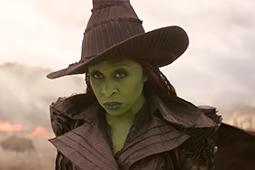
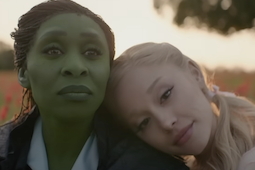
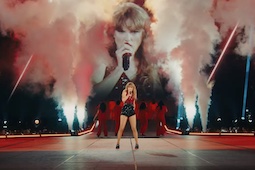
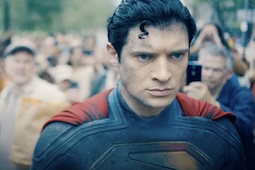
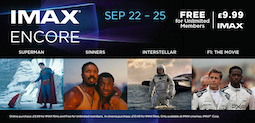


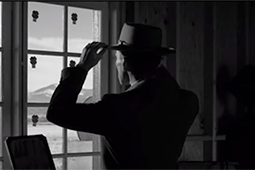
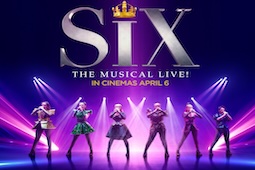
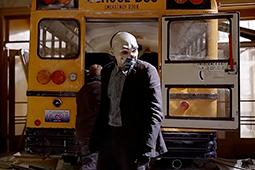
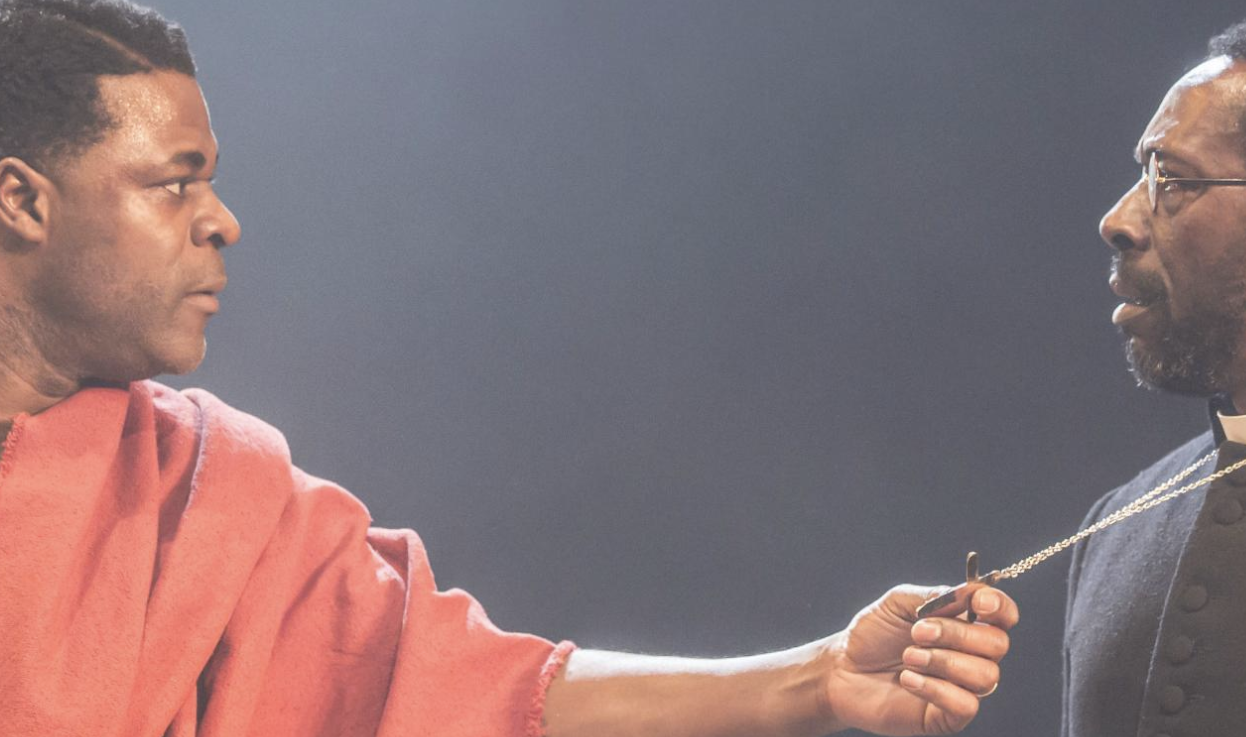
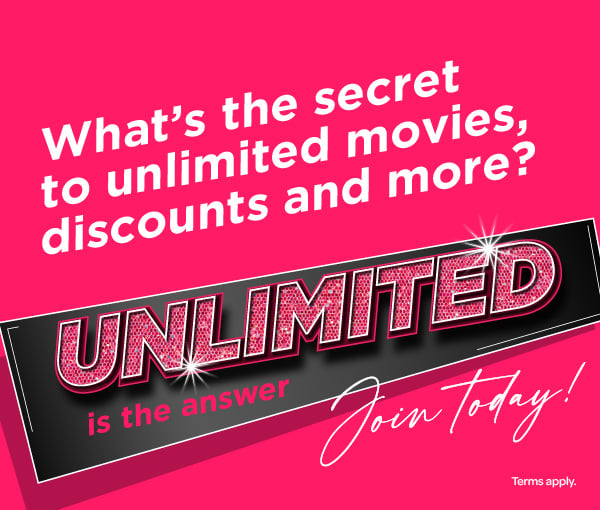

.jpg)
.png)

